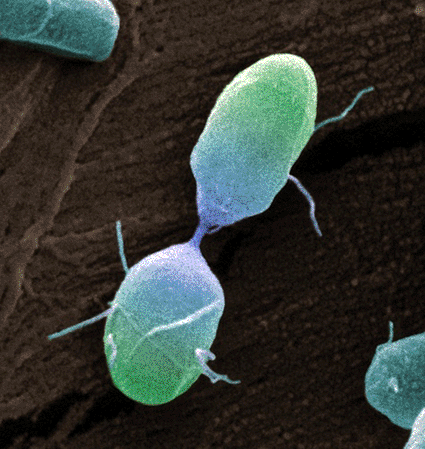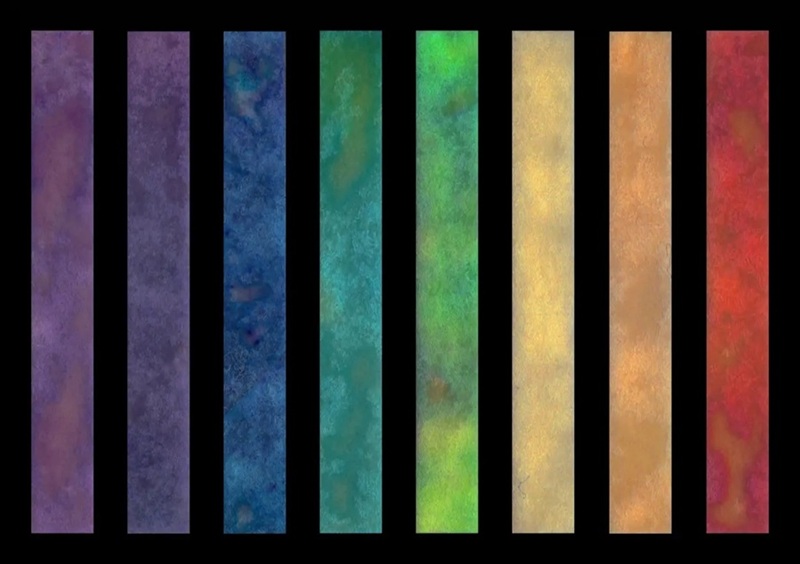Technique Determines Source of Salmonella Outbreaks
By LabMedica International staff writers
Posted on 18 Feb 2009
A technique has been developed for quickly determining the source of Salmonella outbreaks.Posted on 18 Feb 2009
In the hours following a Salmonella outbreak it is necessary to quickly determine the source of the outbreak and whether it can be contained. Current methods of detecting the microbe take one to seven days.

Image: Colored scanning electron micrograph (SEM) of a Salmonella bacterium dividing, showing the two new cells still joined by a thin connection (Photo courtesy of Steve Gschmeissner / SPL).
The process begins with testing food, mostly agricultural products, with a strip of adhesive tape. The tape is applied to the produce, and then carefully removed, taking a sample of whatever is on the skin of the produce. The sample is put on a slide and soaked in a fluid that contains a genetic marker that binds with Salmonella and gives off a fluorescent glow when viewed under an ultraviolet light. This genetic marker approach is called Fluorescent In Situ Hybridization (FISH).
The taping method was developed by Byron Brehm-Stecher, assistant professor in food science and human nutrition at Iowa State University (ISU; Ames, IA, USA) and his graduate student Bledar Bisha. They called the process "tape-FISH" and believe that it could be an important technique for Salmonella epidemiologists.
"I think this will be good tool in outbreak investigation and routine surveillance especially since all you need is tape, a heat block, a small centrifuge, and a fluorescence microscope," said Professor Brehm-Stecher. "It has the potential to be very portable."
Related Links:
Iowa State University













